Soraya Chemaly argues that there is a significant gap in the literature on resilience – it is not individual self-reliance that can save us, but rather a community of mutual interdependence. In other words, we need one another when facing challenges and adversity – not merely relying on our own bootstraps and persevering.
It is common to elevate military heroes and endurance athletes for their embodiment of resilience. Reece Tomlinson and I reviewed an inspiring book recently The Art of Resilience. Whole programs have been developed for building more resilient students in schools, health workers in hospitals, and soldiers in the Army. Resilience has become its own cottage industry of books and courses.
Chemaly questions the accepted wisdom and dominant narratives surrounding “resilience.” She delves into history and politics, the latest research and science, feminist perspectives, and her own personal journey to explore best practices in addressing crises and responding to trauma. Fundamentally, her findings assert that resilience is:
- Not about self-sufficiency, optimism and mental toughness as much as mutual interconnectedness and dependence.
- Not about mind over body but integrating mind and body.
- Not about masculine ideals and feminine vulnerabilities but bringing different gendered perspectives to challenges.
- Not just about unbridled grit, confidence and control, since those postures can be highly dysfunctional and abusive, but does require cognitive flexibility, respect for difference, and social trust and belonging.
- Not about unbridled optimism that can foster illusory control but also feeling discomfort.
- Not looking away from difficult truths but recognising negativity and accepting sadness.
- Not just about soldiering and domination but adapting.
- Not just about obedience and conformity.
- Not about approaching life as a battle using adversarial thinking, but adopting openness to forging trust, connection, and meaning with one another.
- Not about expecting to quickly bounce back after setbacks and crises but allowing time and healing to lead us to sustained well-being.
An insightful story in the book is about Sir Ernest Shackleton, the Antarctic explorer who is likely the most celebrated hero of resilience. He exemplifies leadership, optimism, self-discipline, survival, and perseverance in completing tasks. Yet Chemaly reminds us that Shackleton survived not as an individual, but as a team, one that worked together resiliently. This success was not solely due to Shackleton’s mental toughness, but also to his interpersonal skills and ability to foster collaboration and problem-solving. Moreover, they could have survived more easily if Shackleton had planned better and heeded the warnings of more experienced individuals to delay the expedition!
A key lesson, often overlooked in the usual resilience literature, is that resilience best incorporates steps to prevent adversity from arising in the first place. Thoughtful consideration of risk and planning to minimise harm as much as possible can help avoid trauma and lessen the need to rely on exceptional resilience. This is where Chemaly's contribution is most challenging.
Chemaly also offers a thought-provoking critique of what she labels as hardened masculinity, unchecked optimism, and rugged individualism. She presents a gendered and feminist perspective that is challenging to consider (and may put off some readers), but it is worth contemplating the need to “discomfort” or challenge the male-dominant view of resilience.
It is not a book focused on military resilience, but Chemaly shows compassion for soldiers’ deep distress and anguish from trauma. She acknowledges that repressing fear is necessary when coping with an immediate crisis but suggests that as an ongoing habit, repression is maladaptive. We need to celebrate and model vulnerability and interdependence. Additionally, we should treat PTSD and moral injury not just with learned optimism but with therapies like adaptive disclosure therapy. Furthermore, Chemaly argues that we require a new paradigm of resilience thinking and action as we face some of society’s most significant contemporary challenges: the environmental crisis, Artificial Intelligence, war, disappearing islands, mass migrations, and worsening mental health.
Apart from dealing with trauma and crises, the final chapter summarises some key lessons relevant for leadership and resilience for our teams, including:
- No one can go it alone.
- Emotional competence is liberating.
- Resilience is a dynamic and complex process, not a universal standard to adhere to.
- We don’t adapt to change. We, and our relationships, change.
- Life is not war unless we make it so.
- Limits are real, and we need to respect them.
- Human exceptionalism is anti-resilient.
I appreciate reading the usual resilience books and their lessons for athletes and soldiers to become the best versions of ourselves. However, The Resilience Myth sent me soul-searching in other directions – to own my anxious and angry emotions, not just positivity; to admit my need for others, along with their respect and love; and to deeply acknowledge the importance of being “resilient for one another.” For my character training, I want to share more examples of the Army Profession being enhanced by members caring for each other, to encourage diggers to see it as a resilience trait. A colleague thoughtfully asked me recently, “how can we be more adaptive by melding brutal individualism with other alloys?”
As we consider “The State of the Army Profession” through 2025, it is helpful to remember we are at our best not as individuals digging deep for mental toughness, but as teams and mates who look out for and support one another throughout the toughest of times. The Resilience Myth is valuable reading for all soldiers and commanders, as well as for family members, friends, chaplains, and health professionals who support them.
Bibliographical Notes
The book’s publisher’s details are Soria Chemaly, The Resilience Myth: New Thinking on Grit, Strength, and Growth After Trauma (New York: One Signal, 2024), ISBN 978-1-6680-7913-3 (pbk), xviii+283pp
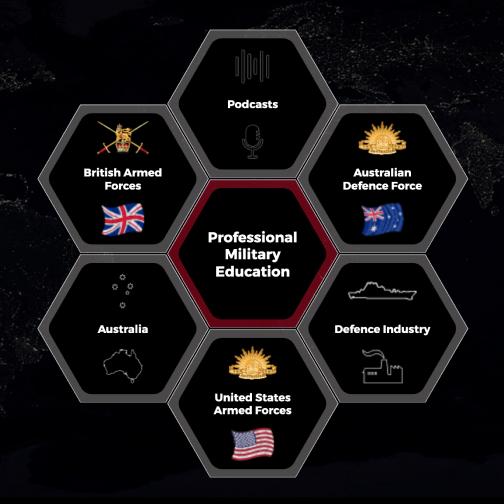

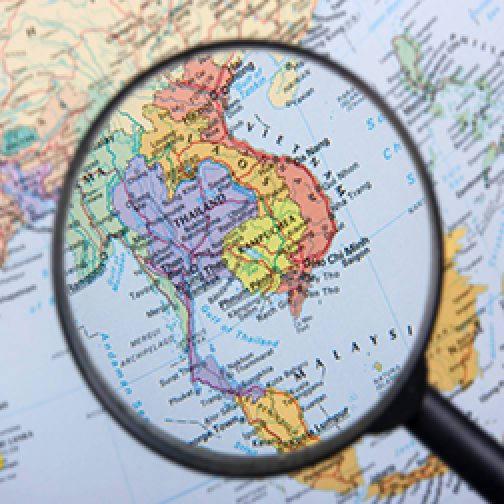
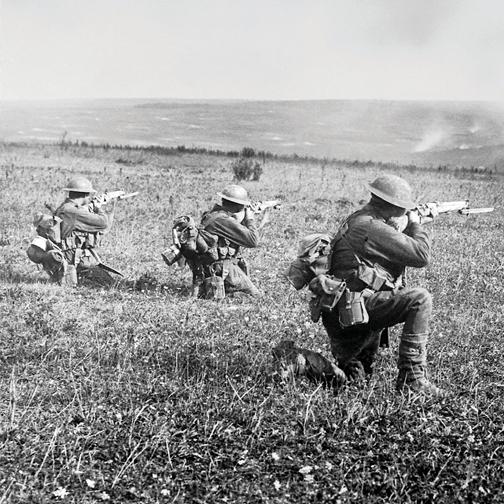

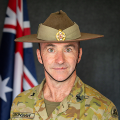
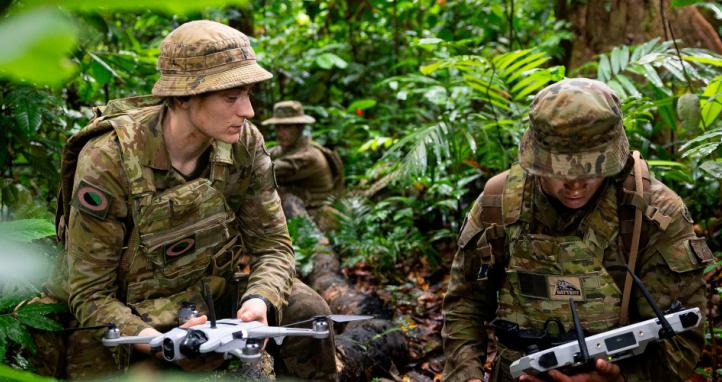
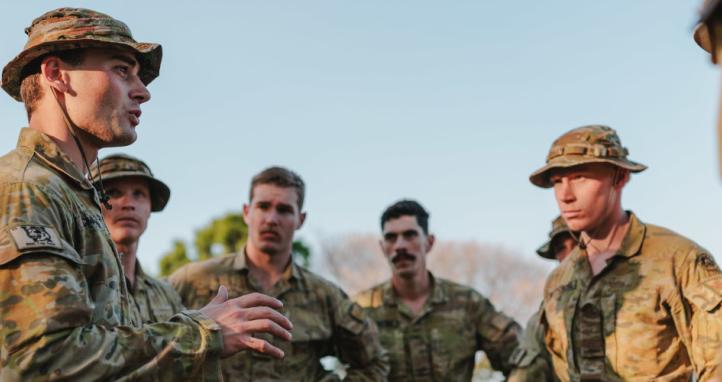
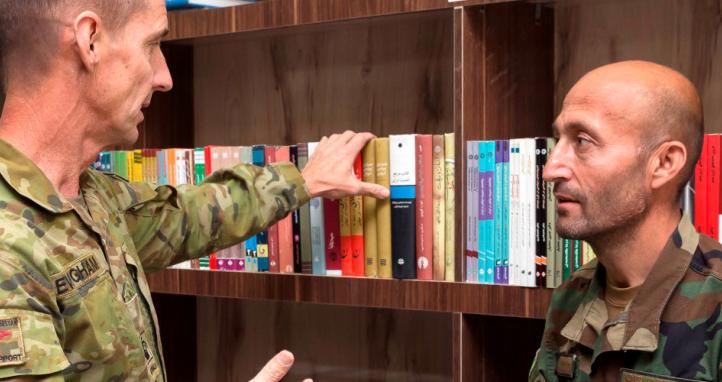
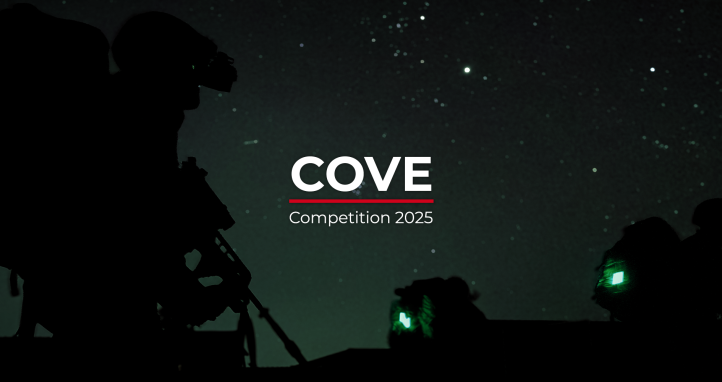
I find it interesting that Ernest Shackleton is continually celebrated as a hero of resilience. The TED talk, Are We Celebrating the Wrong Leaders?, by Martin Gutmann helped me view Shackleton (and consequently the highly successful polar explorer Roald Amundsen) in a very different light.
https://www.youtube.com/watch?v=b0Z9IpTVfUg
I'd be interested in your thoughts after watching.
The lesson for me is that the Army made a terrible mistake when it allowed Teamwork to slip out of our corporate values without anyone objecting. C'est la vie.
There is no” I “in Army it’s always a team effort.
Amen to the team effort!